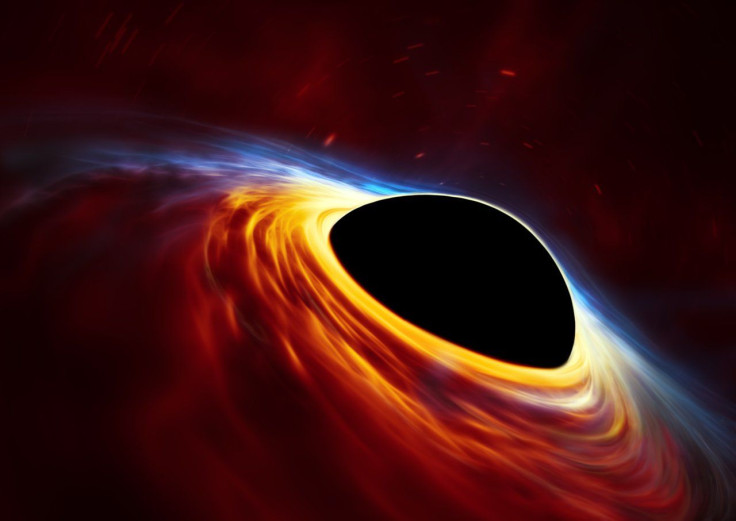Do Naked Singularities Exist? Quantum Effects May Be Shielding The Universe From Uncloaked Infinities

Black holes are indisputably weird. These objects, formed when the center of massive stars collapse in upon itself, are so dense that nothing, not even light, can escape their gravitational pull.
Let’s, for argument’s sake, suppose you have the bad luck to venture too close to a black hole and get pulled past its event horizon but you are lucky enough to make it past the event horizon alive (without being spaghettified). The danger’s over, right?
Not quite. Believe it or not, things get much, much weirder once you cross the event horizon. You are now headed toward the center of the black hole — the singularity, which is an infinitely small region of infinite density.
Singularities are problematic, and “naked” singularities — which are not wrapped up inside an event horizon — are doubly so. This is because when faced with an infinitely small region that is also infinitely dense, physics as we know it breaks down. The two laws that govern our understanding of reality — quantum mechanics, which governs the behavior of subatomic particles; and relativity, which describes how clumps of atoms such as humans, stars and galaxies behave — predict different and incompatible outcomes.
At least in black holes, the universe is considerate enough to provide a shield in the form of an event horizon, which is the point of no return that prevents those outside it from observing the infinity of a singularity. On the other hand, a naked singularity, if such a thing exists, would be an abrupt hole in the fabric of reality — one that would not just distort space-time, but would also wreak havoc on the laws of physics wherever it goes and lead to a catastrophic loss of predictability.
This raises two questions. One, since there is nothing in Einstein’s theory of general relativity that prevents naked singularities from existing, and even though computer simulations have succeeded in creating them, can such objects exist in nature? And two, if they can’t, why not?
Now, in a study published in the latest edition of Physical Review Letters, a team of researchers has argued that naked singularities cannot exist because when quantum-mechanical effects are included in the description of singularities, they smooth out space-time, removing some of the problematic features stemming from general relativity alone.
The researchers believe their calculations, which describe a universe with two spatial dimensions (as opposed to the three-dimensional universe we live in), prove that quantum gravity — created due to the interaction of relativity and quantum mechanics — would always lead to the formation of a horizon that shields a singularity from the rest of the cosmos.
“If, by some evil means, somebody created a naked singularity, it would quickly cease to exist,” study lead author Marc Casals from the Brazilian Center for Research in Physics in Rio de Janeiro told New Scientist. “These quantum fields would very quickly turn the naked singularity into a black hole.”
If the findings of the study are to be believed, it would seem that Roger Penrose’s cosmic censorship conjecture, which basically states that no imploding object can ever give rise to a naked singularity, is true.
© Copyright IBTimes 2025. All rights reserved.






















